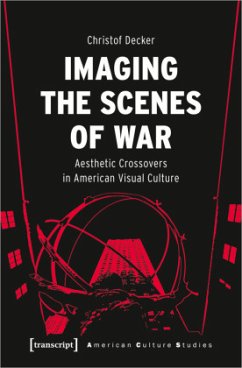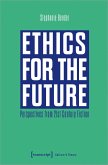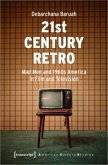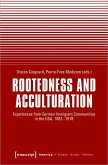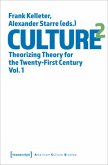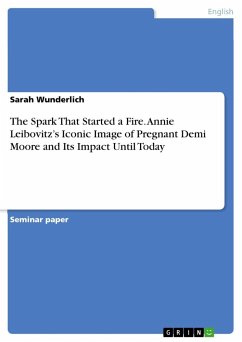In American visual culture, the 1930s and 1940s were a key transitional period shaped by the era of modernism and the global confrontation of World War II. Christof Decker demonstrates that the war and its iconography of destruction challenged visual artists to find new ways of representing its consequences. Dealing with trauma and war crimes led to the emergence of complex aesthetic forms and media crossovers. Decker shows that the 1940s were a pivotal period for the creation of horrific yet also innovative representations that boosted American visual modernism and set the stage for debates about the ethics of visual culture in the post-9/11 era.
Bitte wählen Sie Ihr Anliegen aus.
Rechnungen
Retourenschein anfordern
Bestellstatus
Storno

